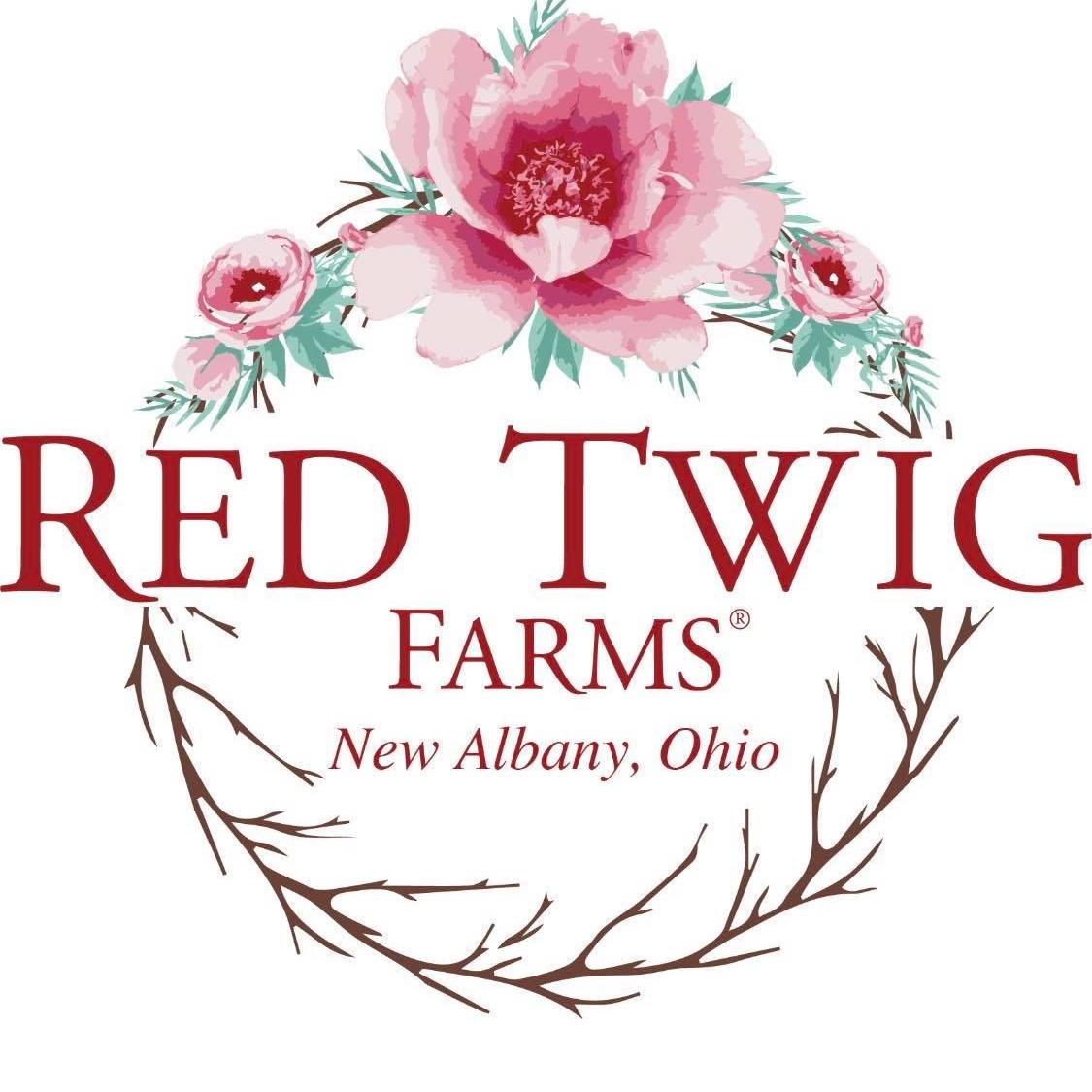Two new plant and garden titles for your winter reading
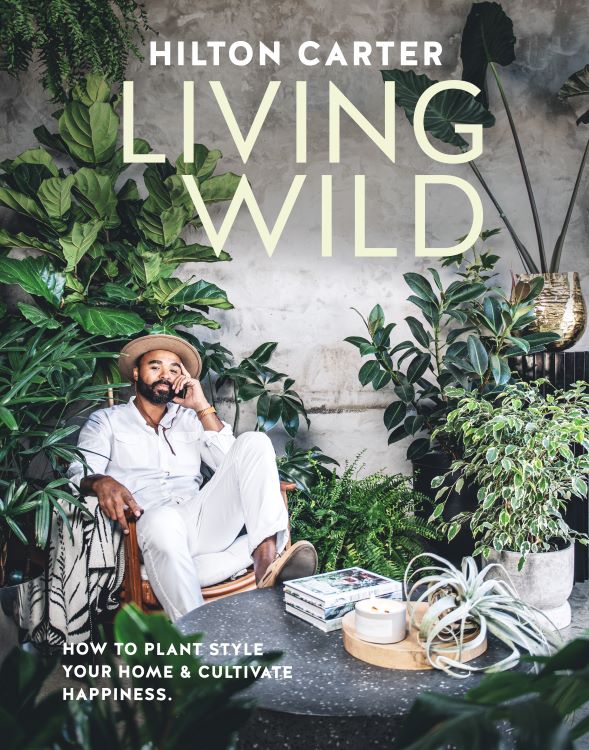
Living Wild: How to Plant Style Your Home and Cultivate Happiness by Hilton Carter, CICO Books
Images by Hilton Carter
$45.00
Hilton Carter has nailed it. Again. And again. And again. This is his fourth glorious book on houseplants.
Carter’s term for his design style is “modern lush,” and you see every aspect of that description in this volume. His style starts and ends with light, and his goal is to create living spaces that are full, bright, and vibrant. Of course, he succeeds fabulously. Carter lives and breathes his plants and obviously adores them. I have to admit that I have now fallen under his spell. He describes these living sculptures with so much admiration and love that you can’t help but succumb to his siren song. You may also find yourself grinning at his wicked sense of humor.
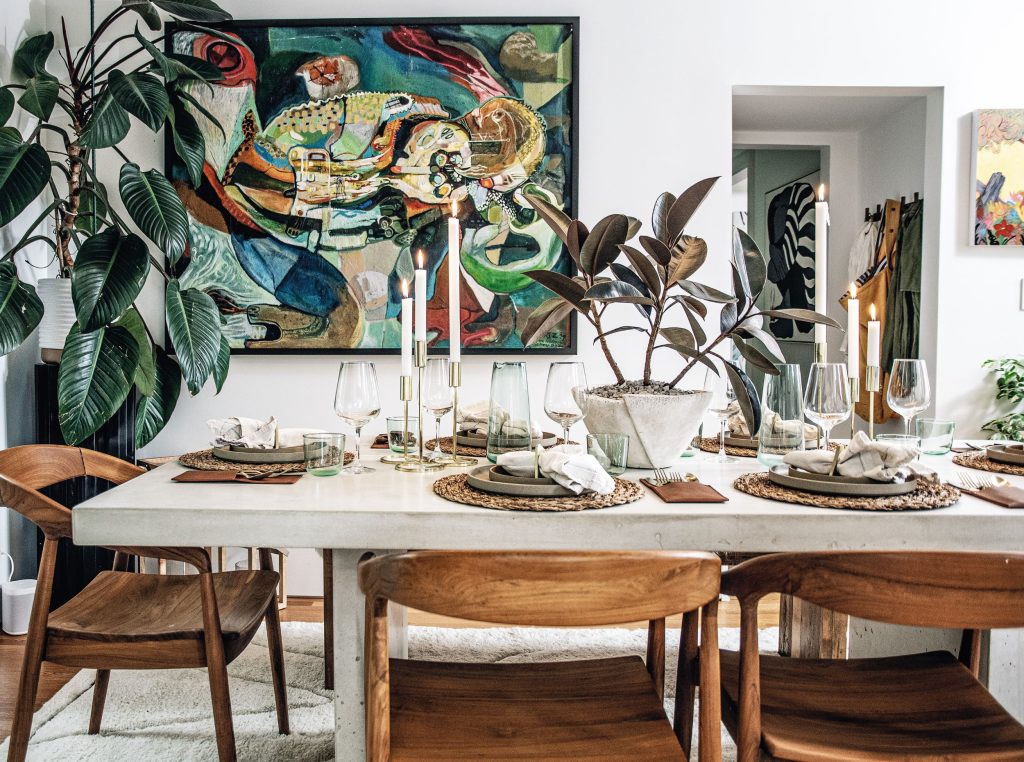
First, he chooses ten stylish designer plants. Then he proceeds to showcase them: Begonias, Monstera, Calathea, and Brandy (just a few of the ten). Brandy is shorthand for Philodendron brandtianum, and she is so much more than a mere houseplant. When writing about Brandy, he writes, “She needs light but IS light. She puts the ATE in dominate. She’s THAT plant.” Reader, I want you to know that I could barely write this review because I wanted to get in the car and go find these plants!
I’ll see you at the plant store: I’ll be the one holding and cooing to the gold dust Croton.
Mary Ann Newcomer, Book Maven
Then, I would return home to read every styling and care tip he offers. Styling can mean hanging from above or growing up a pole. Light. Everything hinges on the light. Water, as in watering the plant, but also as it applies to the perfect amount of humidity and possibly misting the plant. And, of course, temperature is critical, as well as avoiding drafts and heaters.
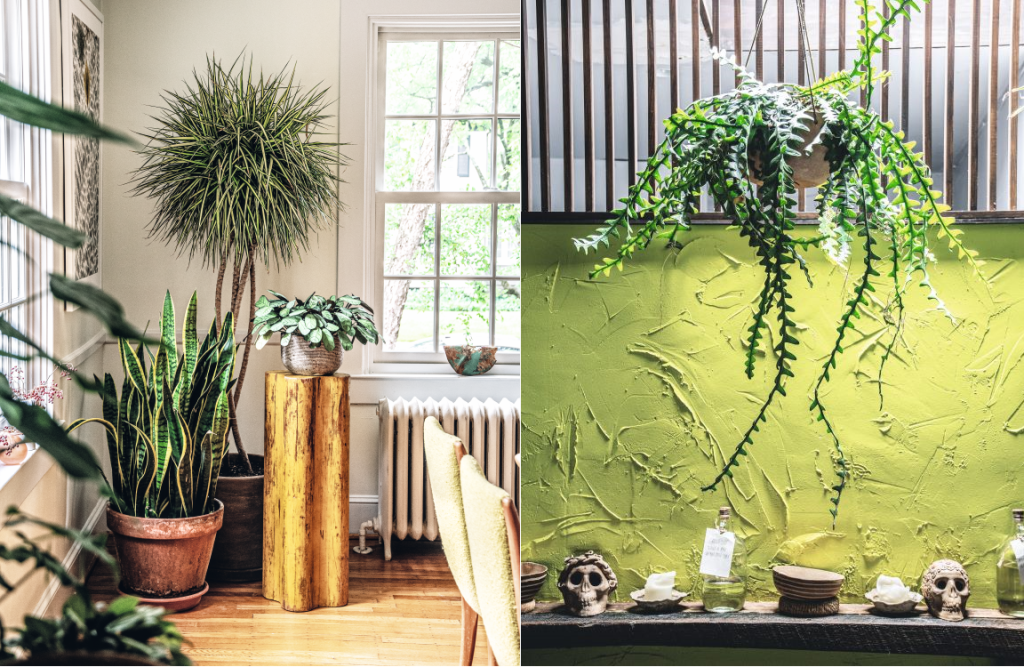
Of course, there is color scheming and plants on pedestals. Carter writes about the “acid-washed” gold dust Croton, reminiscent of a piece of Jackson Pollock’s art – albeit a living work of art. And it wasn’t lost on me when he showcased the Neoregelia ‘Hannibal Lecter’ with a tiger-striped pillow. Growling. Because the plant will bite you!
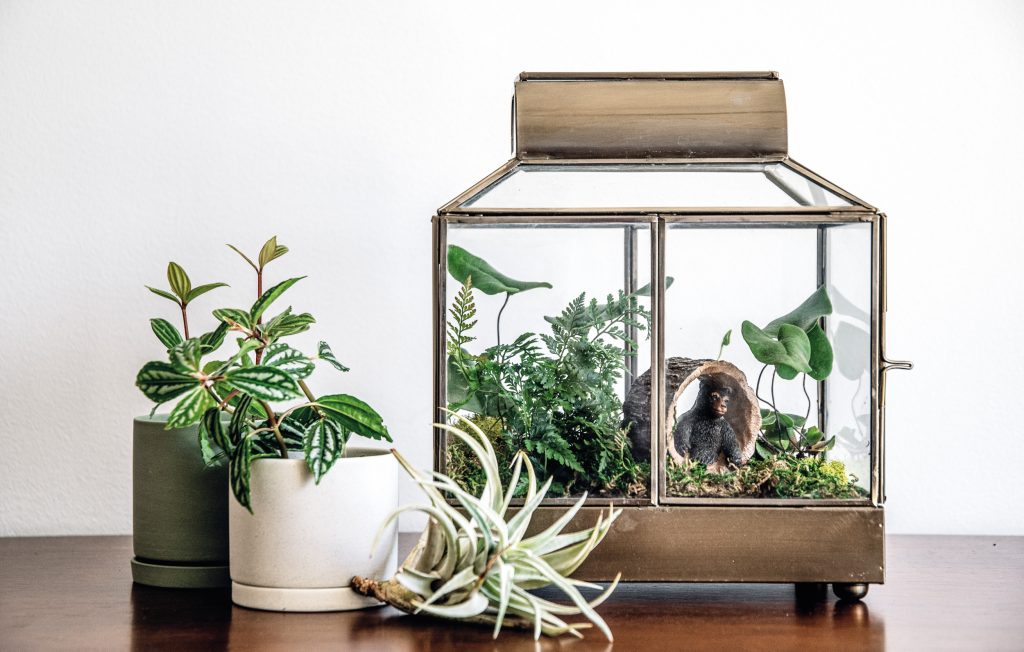
I really love his suggestions for choosing planters for these unique plants. Not just any black plastic pot will do. Oh, HELL NO. Pay attention to the material and sheen (or not) of the plant’s container. Shiny? Matte? Ribbed? Marble? Wood? Metallic? Pedestal? Maybe. And terrariums. Little glass jungles. Can I get a high five?!
But don’t stop styling when you get to the baby’s nursery. Babies need love and light, too. Non-toxic plants are required (yes, non-toxic is real). Think polka dot begonia, stag horn fern, and colorful, playful planters. You can do this.
Now that I think about it, this book would make a wickedly fabulous gift, especially paired with a plant mentioned on the pages or a gift card to purchase one of these beauties. I’ll see you at the plant store: I’ll be the one holding and cooing to the gold dust Croton.
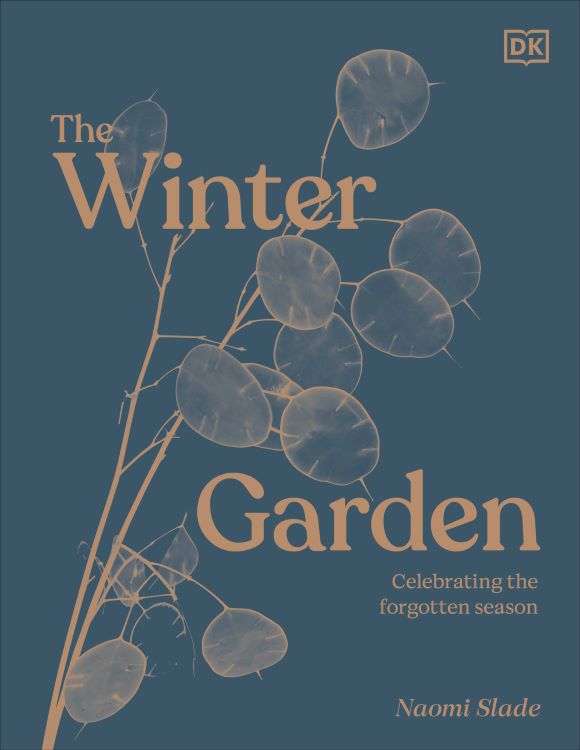
The Winter Garden: Celebrating the forgotten season
By Naomi Slade
Published by Dorling Kindersley Ltd (DK), A division of Random House
$36.00
Author Naomi Slade speaks of winter gardening as “among the dark arts. It is a place that exists on the edge of comprehension: a mysterious and gloomy realm of empty space and quiet enchantments: a slow gray season of waiting until life and plants return.” But she believes and encourages us to look closely, and remember, even during the darkest days, life is stirring.
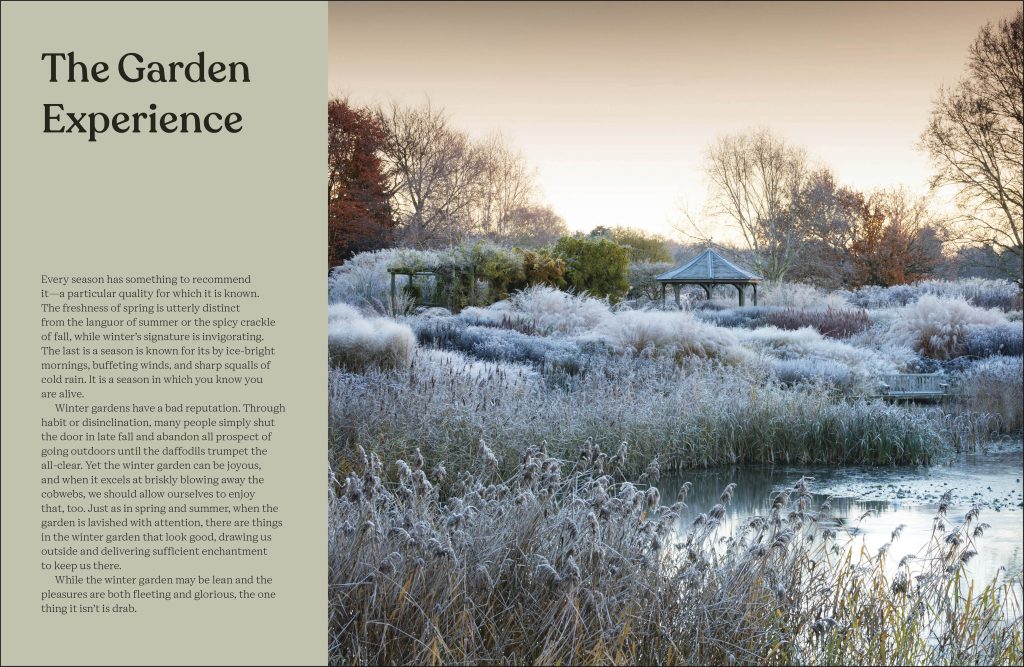
While most of us do not spend a lot of time outdoors, especially after the Winter Solstice, there is a special beauty to behold. My personal favorite is hoar frost or rime ice. Hoar frost is feathery; rime ice is like needles. Both are gorgeous. Driving across a snow covered prairie is breathtaking. Icicles on roof lines are delightful.
It’s simply a different kind of beautiful. Peaceful versus riotous. What comes to light is the quieter colors, what Slade calls “an elegant palette of sable, ash and green, against which pale colors glow and shapes and structures seem crisper and more defined.” I agree. It’s a perfect time to amend or rework a garden design. You are not distracted by the colors and foliage of the summer garden. It’s a fine time to hone in on the outlines of your hardscape and evergreens.
Notice winter’s “elegant palette of sable, ash and green, against which pale colors glow and shapes and structures seem crisper and more defined.”
Naomi Slade, The Winter Garden
Many of us live where we have some -or a lot of – snowfall, making bright stems and evergreens an important part of our winter gardens. As Slade mentions, using stems of red and orange cornus (twig dogwoods) will bring an instant pop of color to the winter garden. Consider making bouquets of cornus twigs. Position ornamental grasses and trees with pretty bark (paper bark maples and nine bark shrubs) where the low and setting sun will back light them. Contorted filbert trees and curly willow add dimension and drama to a winter garden. Obelisks of metal or bamboo provide perches for birds and interesting structure to an otherwise plain garden. An occasional well placed sculpture always draws they eye. Add seating for resting and a “bench of contemplation.”
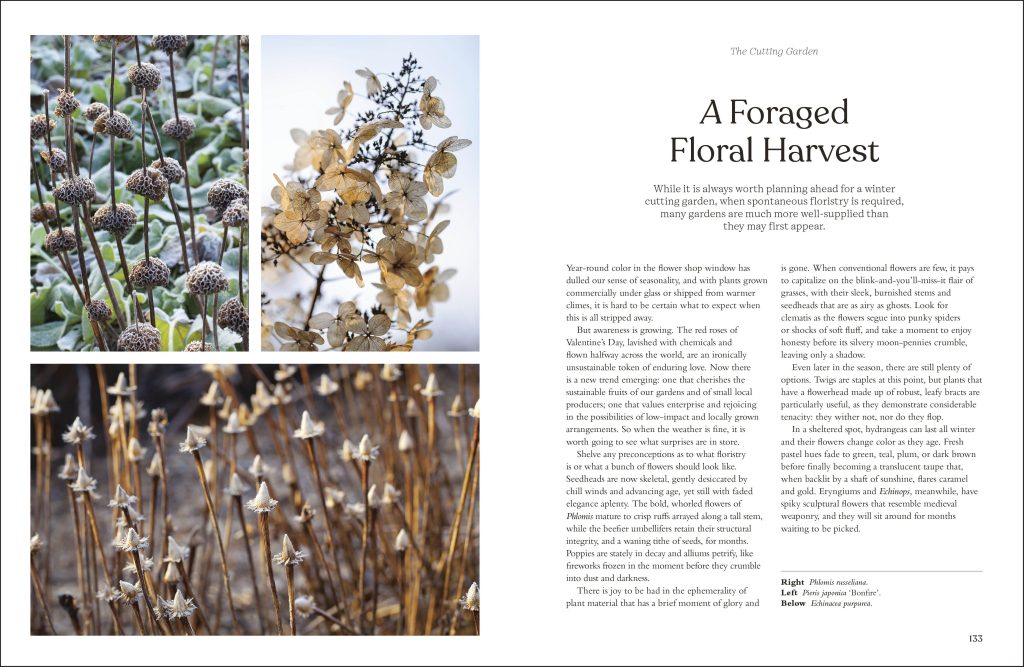
Ornamental grasses and seed heads are indispensable in a winter garden. Not only do they add shape and movement, they are a source of food for small birds and animals. The dogwoods just outside my study are picnic stops for Northern flickers. I love to sit here and watch them devour the fat orange-red berries…and they always do. Amelanchier (service berry trees), crabapples and rosa rugosa not only put on a show in the spring and summer, but many of them sport colorful autumn foliage and the roses make big hips a thing of beauty.
Bridging the darkest parts of winter and leaning into the light, snow drops and crocus give us something to smile about. I love Slade’s suggestion to plant large groupings of bulbs for maximum impact when we need it the most. In her words, “A few bulbs …can look indecisive and spotty, so go for a full on swathe.”
Naomi Slade covers all the considerations for making your garden better in the winter. From embracing the light, planting for structure and texture, as well as stems and foliage…she has graciously helped reclaim another season in our gardens.

